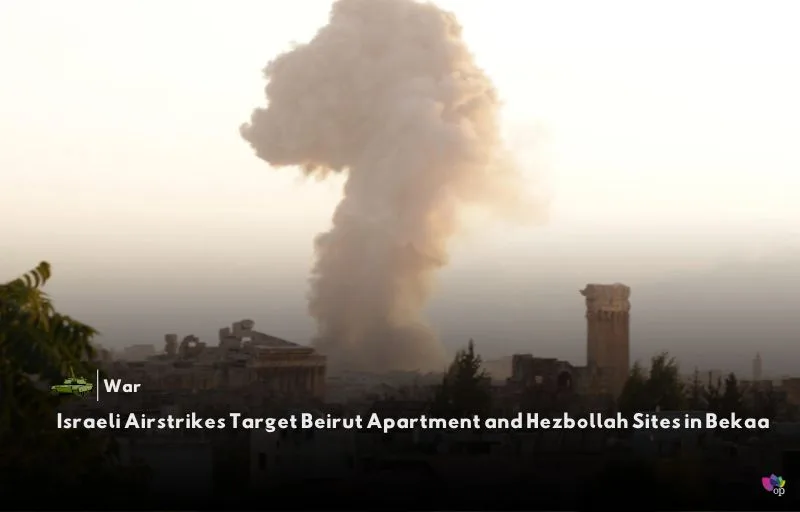Israel launched a drone strike on an apartment in Beirut on Monday (30 September), killing at least four people. Social media videos and photos revealed significant damage, with the building’s floor partially flattened and a plume of smoke rising from the area. This marked the first Israeli attack within Beirut’s city limits since the Israel-Hamas war erupted in October of the previous year.
Shortly after the Beirut strike, the Israeli military expanded its operations, targeting Hezbollah strongholds in Lebanon’s Bekaa region. Israeli fighter jets launched a series of strikes on dozens of Hezbollah facilities, including rocket launchers and weapons storage buildings. The strikes are part of an ongoing Israeli campaign against Hezbollah’s military infrastructure in Lebanon.
The Israeli Defence Forces (IDF) released a statement confirming the strikes, emphasizing their continued efforts to weaken Hezbollah’s military presence. The IDF vowed to maintain pressure on Hezbollah through powerful strikes aimed at degrading their capabilities. These operations are part of Israel’s broader strategy to dismantle Hezbollah’s military assets in the region.
This escalation comes amid heightened tensions following the Israel-Hamas war, as Israel broadens its focus to Hezbollah in Lebanon. The strikes have further complicated an already volatile situation in the region, with both military and civilian targets being affected. Israel’s actions signal a firm commitment to continuing its offensive against Hezbollah while defending against potential threats from Lebanon.
References


 العربية
العربية 简体中文
简体中文 Français
Français Deutsch
Deutsch עִבְרִית
עִבְרִית हिन्दी
हिन्दी Italiano
Italiano 日本語
日本語 Русский
Русский Español
Español

Comments 1